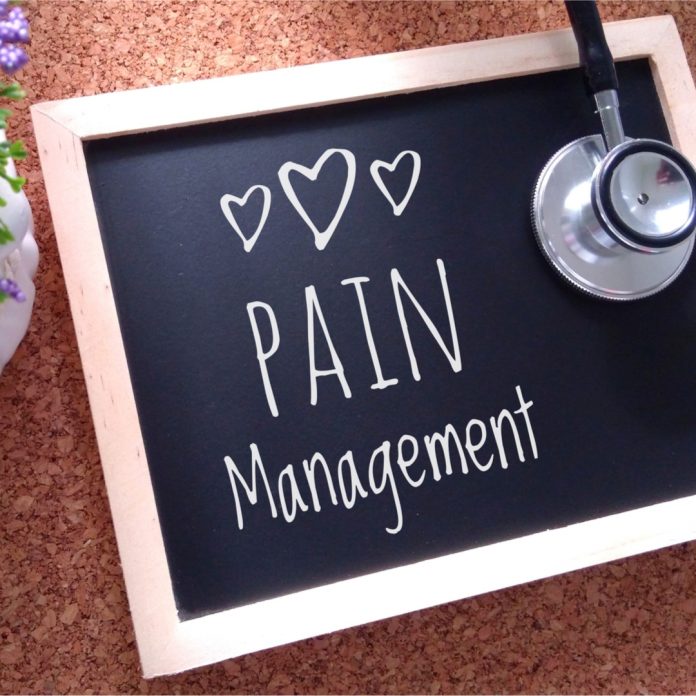PAIN — is an individual human experience that is entirely subjective and can only be wholly understood and felt by the individual experiencing the pain. There are many things that contribute and affect an individual’s experience and expression of pain — Gender, Age, Education, Socioeconomic Status, Upbringing, Social Values.
In fact each of these factors do have a crucial impact on how we communicate our pain as well as understand pain communicated by others.
How we express pain and our attitude to its intensity and duration and taking medication differ greatly from person to person.
Some avoid medication unless in severe pain, others have recourse to common over-the-counter medication and still others get addicted to opioids (the most powerful medicines for pain control.) Effective communication of pain can have far-reaching consequences for medical care, quality of life and possibly survival.
Here’s a dictionary on medical terminology on pain and its relief which you will come across as you read on;
Analgesics — Pain-reducing medication.
Endorphins — are neuropeptides released when the body experiences pain or stress; they inhibit the communication of pain signals. In short, natural painkillers in the body.
Enkephalins — are small peptides that act as neurotransmitters in the brain. Also natural painkillers in the body.
Opioids — is the most powerful medicines for pain control.
Paracetamol — is probably the most commonly used painkiller.
Non-steroidal anti-inflammatory (NSAID) — are prescription medications used for managing certain types of nerve (neuropathic) pain. These work by altering chemical activity within the body and reduce inflammation.
Prostaglandins — are a substance produced by the brain and spinal cord that stimulate nerve endings to bring on pain to the body.
Lets talk about how different painkillers work at different levels of pain —
Over- the –counter Paracetamol has been around for a hundred years, it is a good all-rounder in relieving pain and low-grade fever by decreasing prostaglandin in the body.
A word of caution; this might not necessarily be always safe to use on a daily basis in uncontrolled doses.
Non-steroidal anti-inflammatory (NSAID) — like Ibuprofen (over-the-counter) work by altering the chemical activity within the body and reduce inflammation. Also prescribed for chronic nerve pain. Higher strength drugs such as; Naproxen and Dicofenac, Gabapentin, Pregabalin and Amitriptyline, are prescribed due to their risks and side-effects and other pre existing conditions a person may have.
Opioids — This group of drugs include very strong painkillers such as morphine, Fentanyl, Tramadol or Codeine. They are very useful for treating short-term severe pain by blocking pain messages to the brain and cause a euphoria effect to help forget pain. They must be treated and administered with extreme caution and have a huge problem of addiction. All Opioid drugs from poppy-derived opium to heroin work on receptors that are naturally present in the brain and other parts of the body.
Cannadidiol (CBD) — A chemical formatted into oils and creams that have anti-inflammatory effects. They are a pain management alternative to Opioids. When applied on sore parts they mimic the benefit of other prescription drugs by improving sleep, metabolism, and appetite.
Do you suffer from a chronic pain conditions?
A new device, just approved by the Therapeutic Goods Administration (TGA) might be just what you are looking for.
A Brisbane based company CAREWEAR has developed a new wearable device for pain management that uses a form of laser therapy called Photobiomodulation (PBMT)
It is adhesive patches connected to a wireless controller. The patches produce light in red and blue wavelengths, which is then delivered in controlled pulses to the injured or sore areas of the body. The upside is that these light waves do not damage cells but instead speed up tissue repair, and reduce inflammation by stimulating cells to function more efficiently. It is drug-free pain relief.
This may sound like something from a sci-fi movie, but PBMT has been around since the 1970’s. While it cannot be a magic bullet for chronic pain sufferers, anything that can be added to your pain relief is a good thing.
Positive Allosteric Modulators (PAMS) — Positive Allosteric modulators can alter the affinity and efficacy of other substances acting on a receptor in a positive way. If you add the PAM, you need a lot less Enkephalin to get a response. So taking these molecules would slow down the use of Opioid drugs by harnessing the body’s own ability to block pain and avoid addiction to Opioid drugs, making it a safer option for pain management. Mu-opioids are self-produced receptors, they are like docking stations that bind with natural self-produced analgesics (endorphins, endogenous, enkephalins)
Do you know that the US is currently going through what many term an “Opioid Epidemic?”
Statistics state an emerging public health crisis; overdose and addiction are evolving as the definition of combatting anxiety. Experts caution that though the use of PBMT and PAM wont fix the pain problem, it will compliment the use of Opioid drugs.
On another note, the strongest evidence exists for use of active therapies for both psychological and Physical methods of dealing with pain management.
A combination of diet, physical exercise and medication are the main method. We can add on self-produced pain-killers such as education on living with the condition, physiotherapy, referral to specialists where necessary, the act of giving through acts of kindness, laughing, living joyfully.
All these aspects of living are Natural Pain-killers. Colloquially referred to as ‘happy pills,’ ‘emotional Asprin,’ ‘mood medicine.’ These have contributed to a growing cultural promise that your body’s emotional response to stressful circumstances and pain can be self –controlled.
Self –enhancement can numb the pain, Use medication for relief.
Don’t let it intoxicate you.
Don’t cross the line of dependency.
The pleasurable effects of a painkiller are seen by many as an unconventional but effective form of pain relief — compliment them with emerging pain management devices and techniques.
It takes the edge off dependency and addiction.




Thanks Vinita!
Comments are closed.